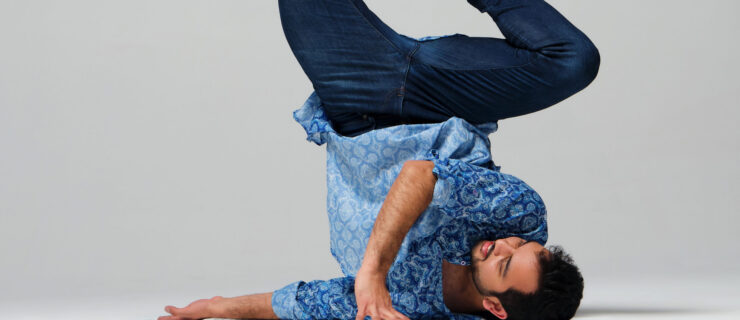Crying in the Studio Actually Offers These 3 Surprising Benefits
In my last years dancing, the tears came constantly. And I felt a deep shame and embarrassment every time it happened in the studio, which only exacerbated the situation. I felt my tears were giving me away—a manifestation of my weakness on display for all to see.
The truth is that science has proven that there are benefits to a good cry and that your tears serve a purpose in your overall wellbeing.
According to the American Academy of Ophthalmology while “basal tears” are the natural lubrication of your eyes that is always present and “reflex tears” are the ones that wash away irritation, “emotional tears” are the ones that pop up in reaction to anger, sadness or fear. And they come with distinct benefits:
1. Emotional tears reduce stress.
In the 1980s, Dr. William H. Frey, a biochemist and director of the Psychiatry Research Laboratories at St. Paul-Ramsey Medical Center, conducted groundbreaking research that showed that emotional tears contain stress hormones. So, the impulse to cry may be a physiological response in order to reduce your stress.
I cried when I got home after almost every performance I ever danced and it didn’t matter if I had performed well or not. My parents were the ones to first point it out. My mother would kindly tell me, “You just have to get the stress out.” It turns out she was right.
2. Tears can help you get the support you need.
Crying sends a signal to the people around you that you need their support. And in the same way that your body may tell you that you need a break when you don’t want to take one, your tears may scream for help when you can’t or are unwilling to.
When you shed tears in front of a friend, partner, or someone you trust you expose a vulnerability to that person and research has shown it will strengthen your bond. I have a friend who is a stunning principal ballet dancer. She has an easy, breezy way about her, and may be the most “together” person I know. I was stunned the first time she cried in front of me. I was honored and our friendship has only grown stronger since (including the sharing of many more tears).
3. Crying can relieve pain.
It may help to cry it out when you sustain an injury. Research has shown that crying stimulates our body’s production of endorphins like oxytocin, a natural pain killer. So while as a dancer, the tears you shed when you sprain an ankle may be mourning that you are now injured, they are also your body’s way of helping you through the pain.
Don’t waste energy being embarrassed.
The frequency of your tears may indicate a deeper issue that should be addressed. Feeling sad every day for two weeks or more is a symptom of depression. In my case, my tears were a signal of the help that I needed, but was not getting.
It is completely normal to cry. It is also understandable that it may happen in the studio. In fact, people who love and care about what they do are more likely to cry at work. So, don’t waste your emotional energy layering embarrassment and guilt on top of whatever it is that is manifesting in your tears.




